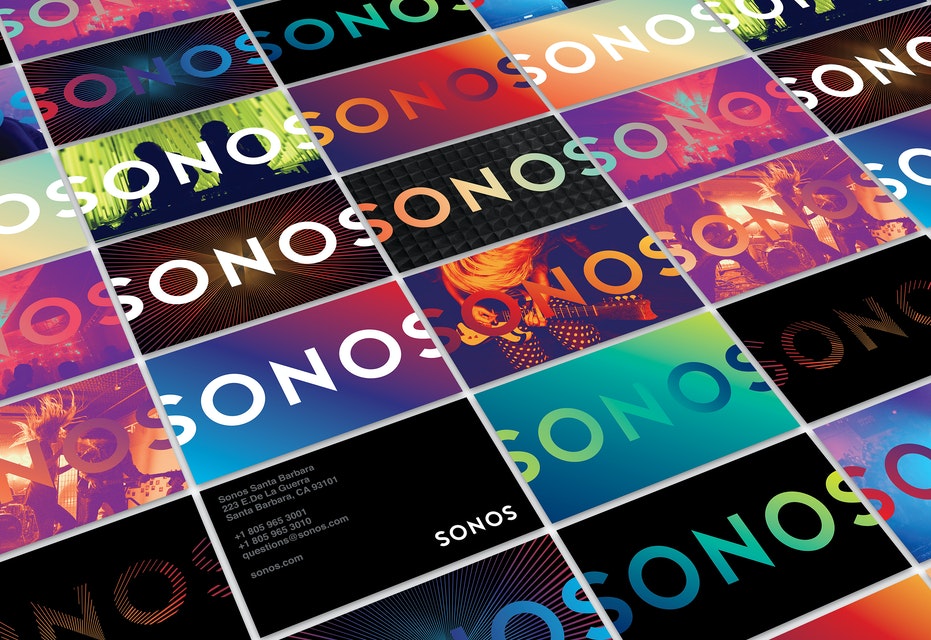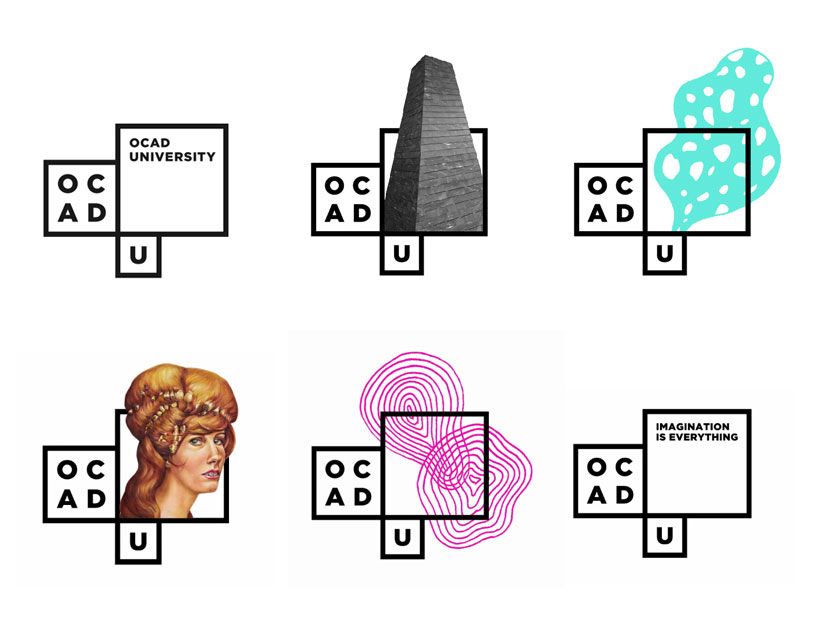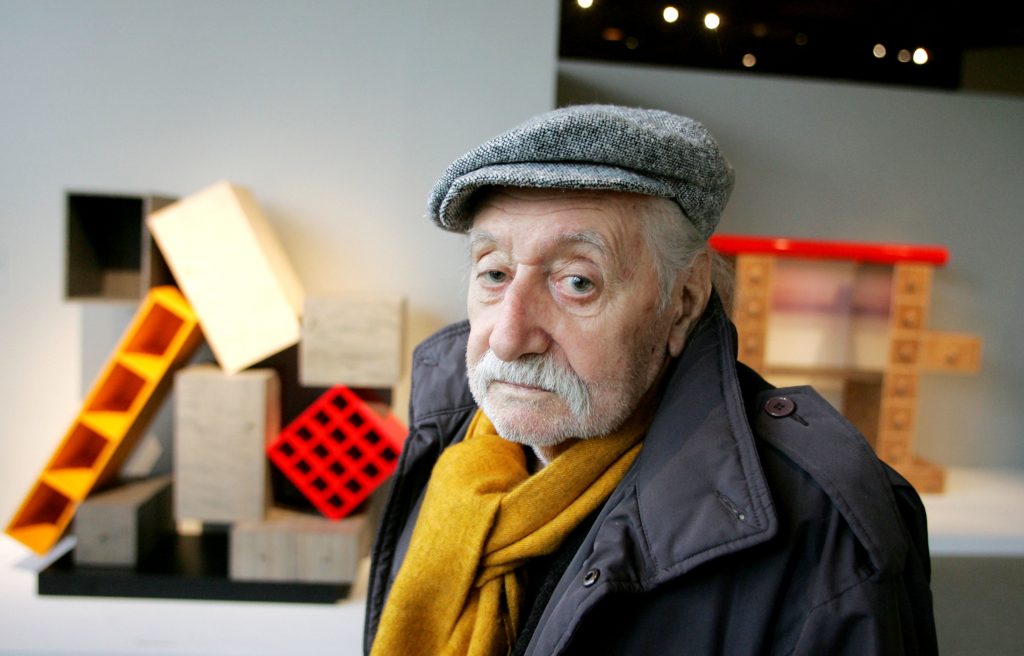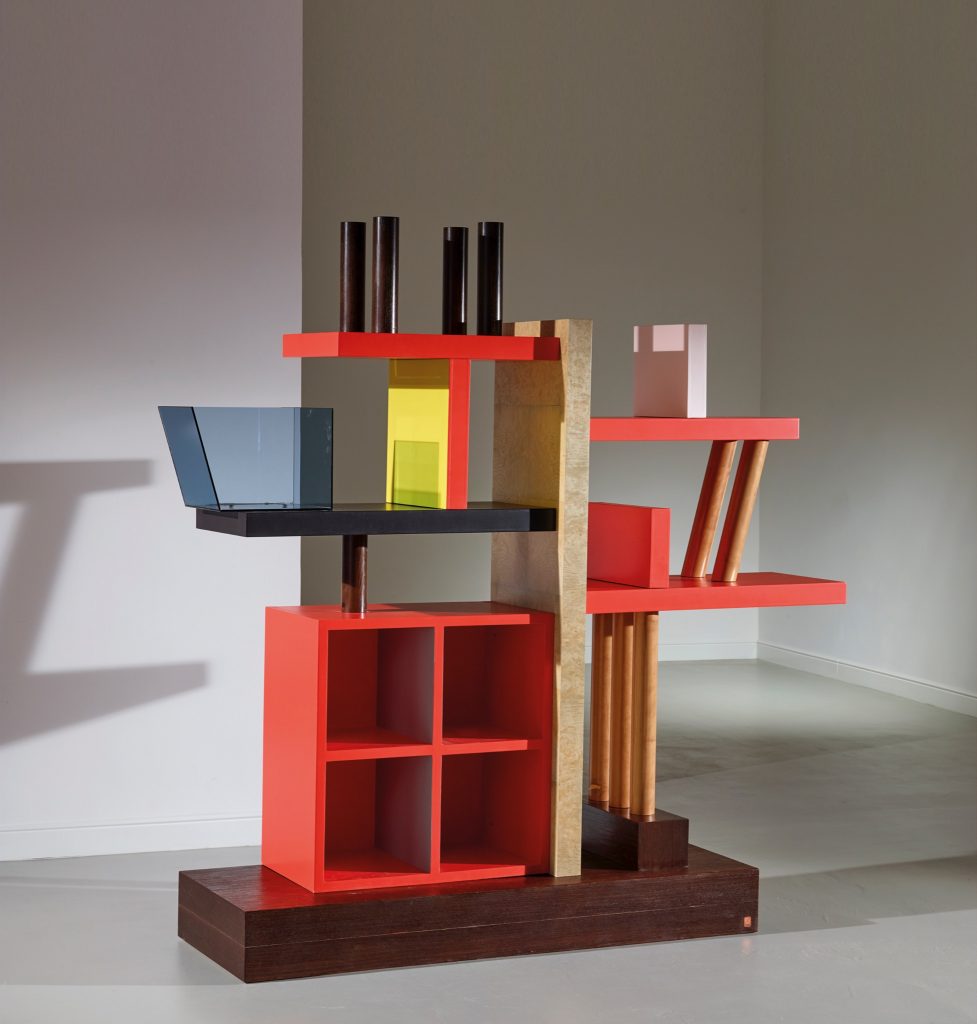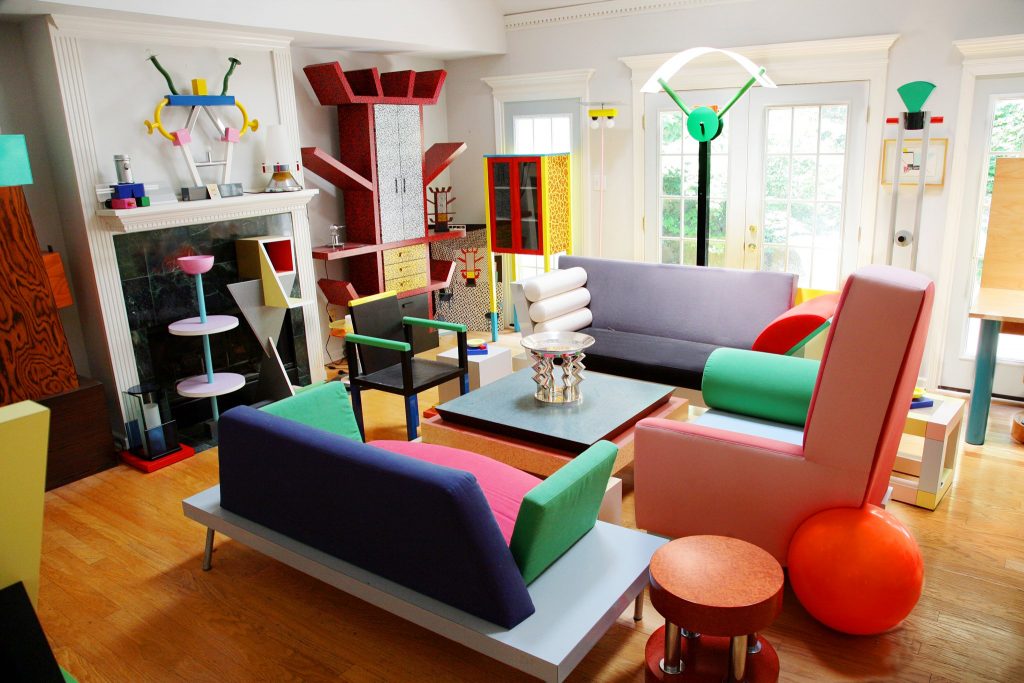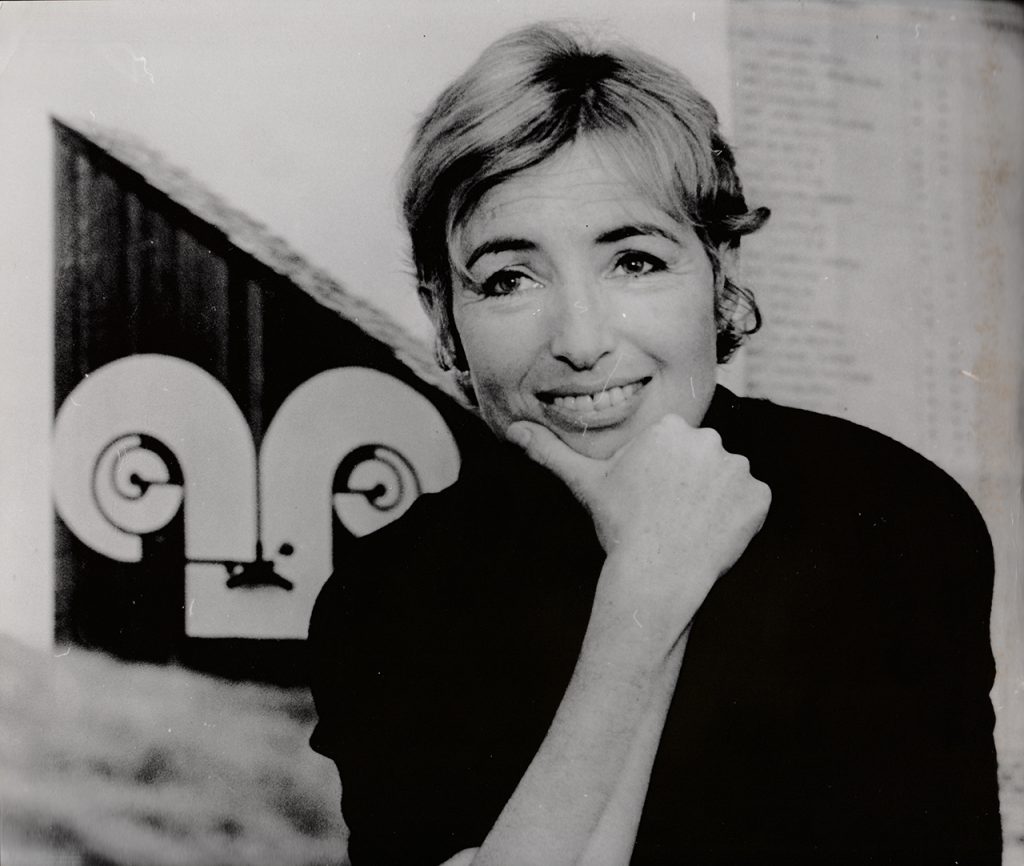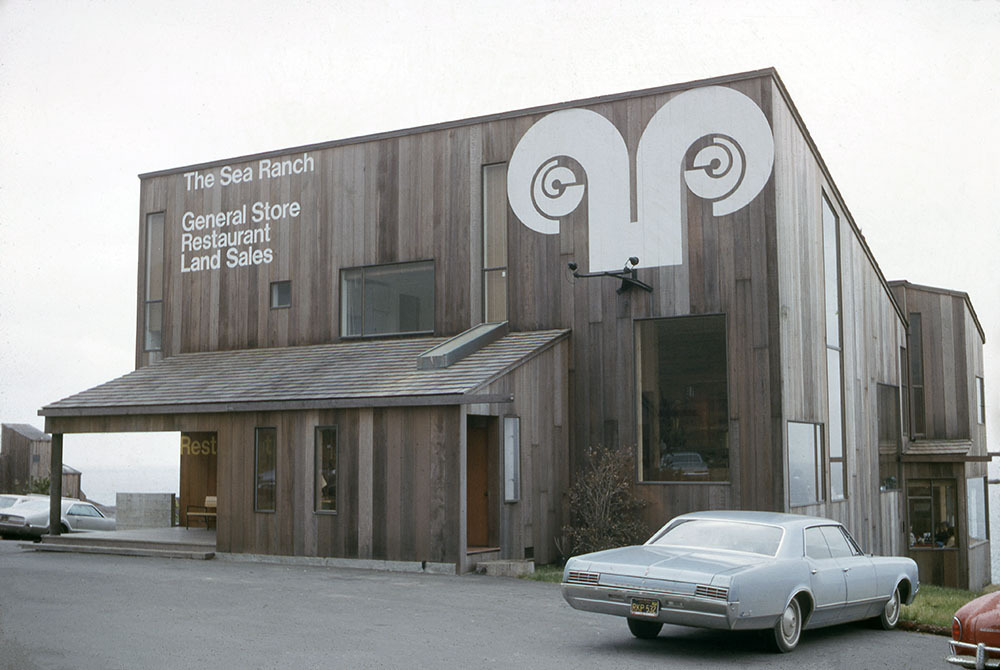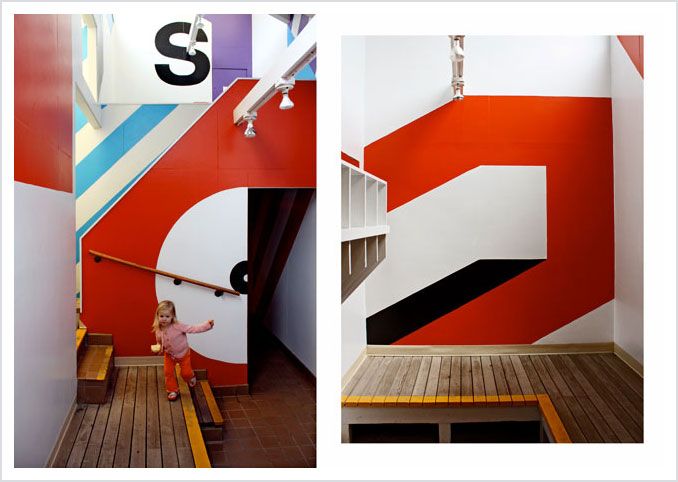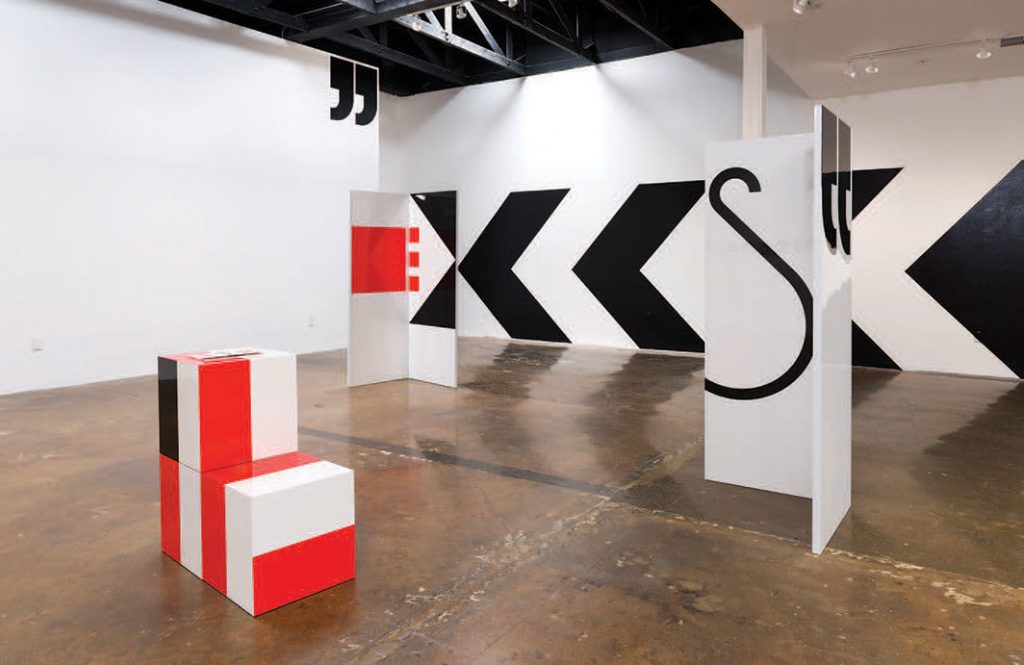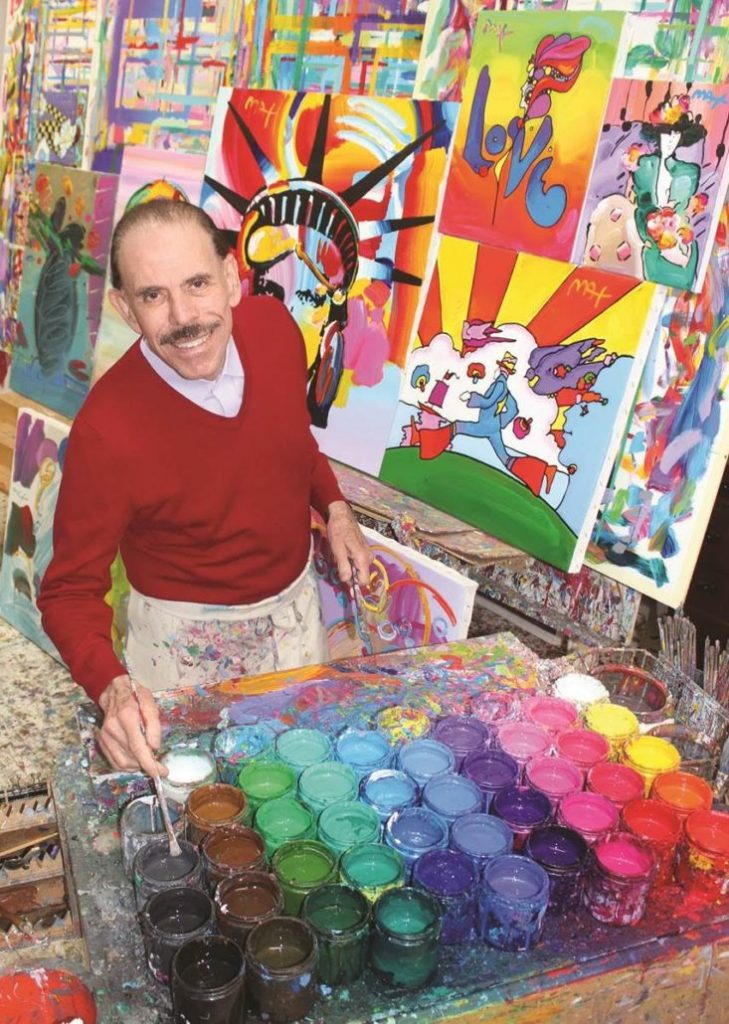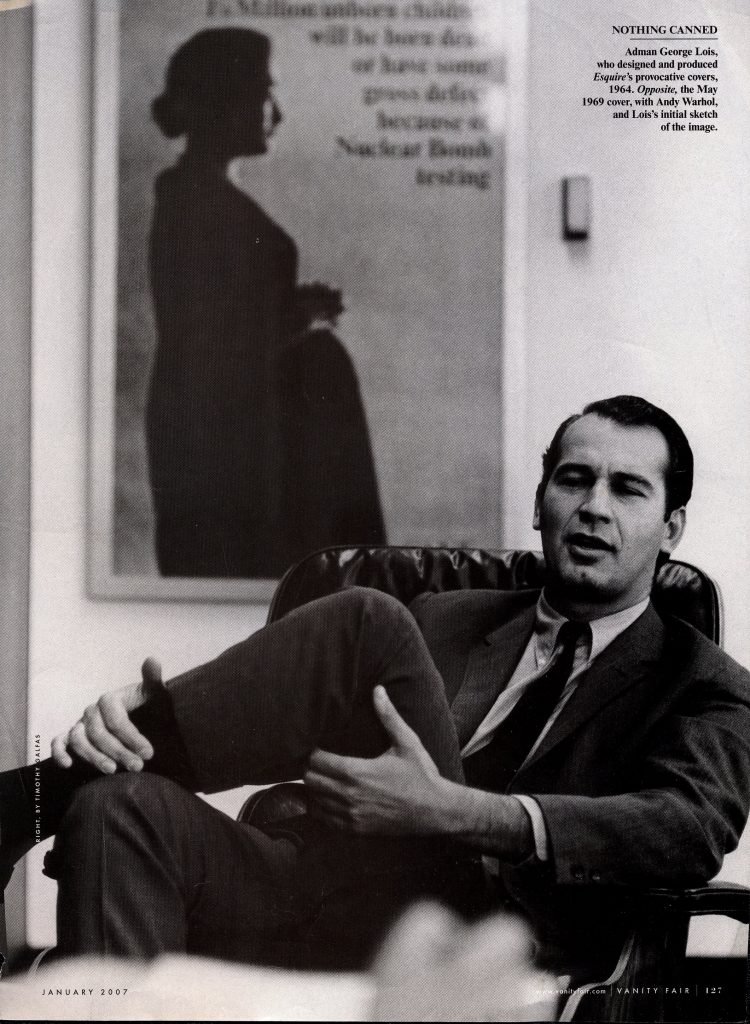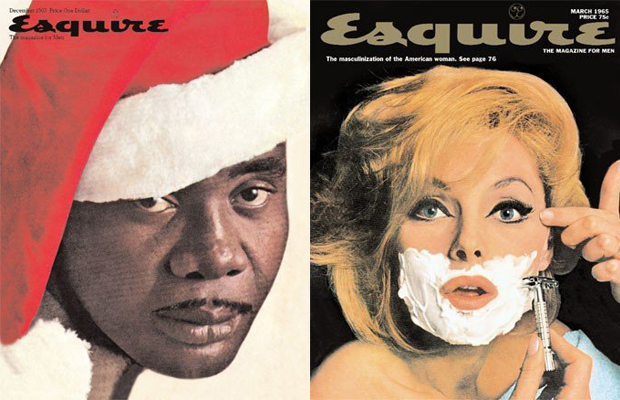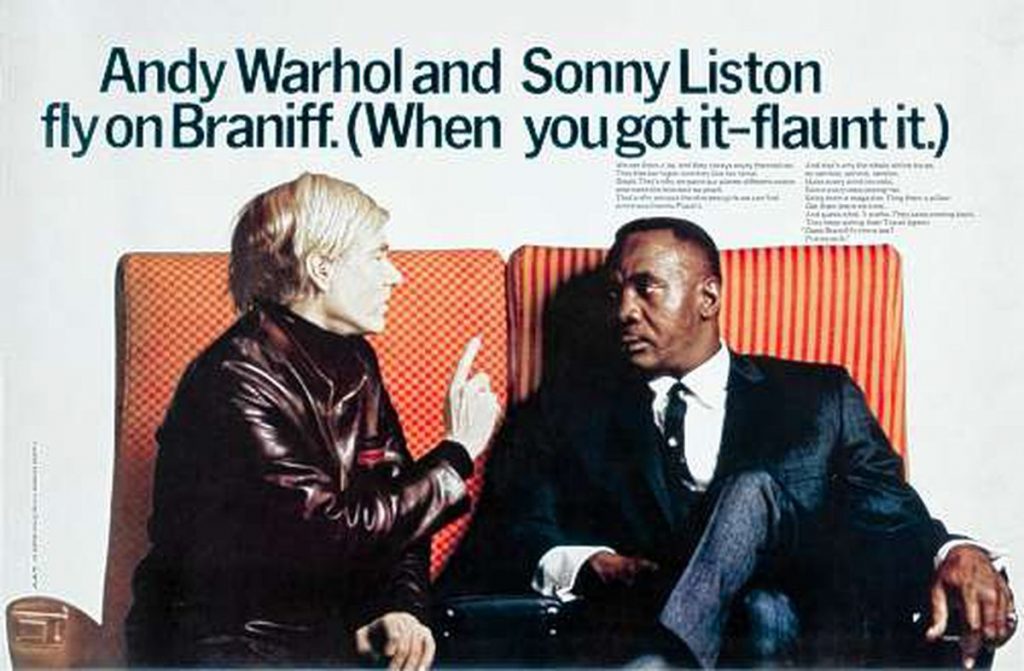
Bruce Mau was born on October 25, 1959 in Sudbury Ontario. Growing up, he admits that he never knew that a career in art and design was even an option. Mau studied at the Ontario College of Art & Design (OCAD) but left to work for the “Fifty Fingers” design group before graduating. Once he was exposed to the field, Bruce moved to England for two years to work at Pentagram in London. Although he started out as primarily a graphic designer, he later ventured into architecture and environmental design.
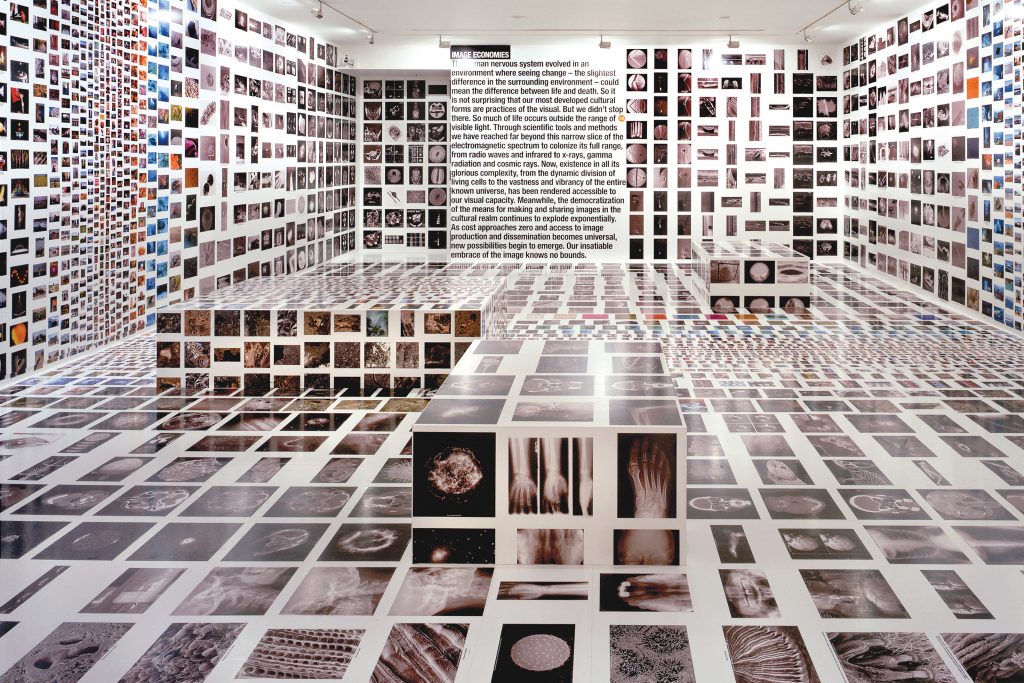
In 1985, Bruce founded and worked as the creative director of Bruce Mau Design (BMD). While working here, he also founded the “Institute Without Boundaries” in collaboration with the School of Design at George Brown College, Toronto. After 25 years of work, Bruce left BMD in 2010. He then went on to establish Massive Change Network, a design consultancy in Chicago which he co-founded with his wife.
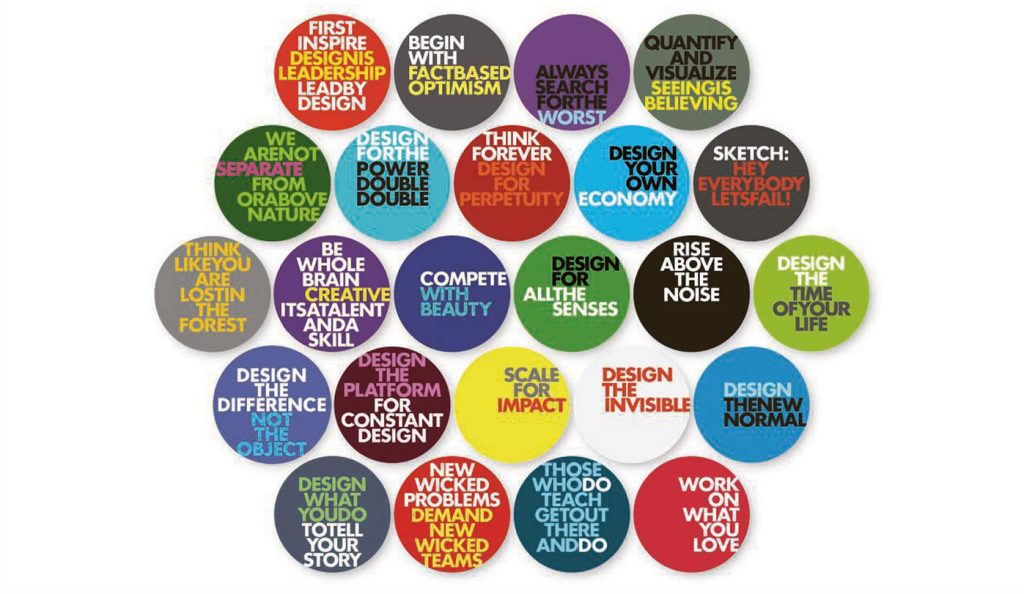
Although he never completed his own degree, Bruce has received multiple honorary art and design degrees from various schools. He also occasionally works as a professor in both Canada and the US. Mau most recently founded “Bruce Mau Studio” last year in 2020, which will bring forth a new era of BMD.
References: https://www.famousgraphicdesigners.org/bruce-mau https://www.thecanadianencyclopedia.ca/en/article/bruce-mau https://brucemaustudio.com/bio/ https://en.wikipedia.org/wiki/Bruce_Mau
